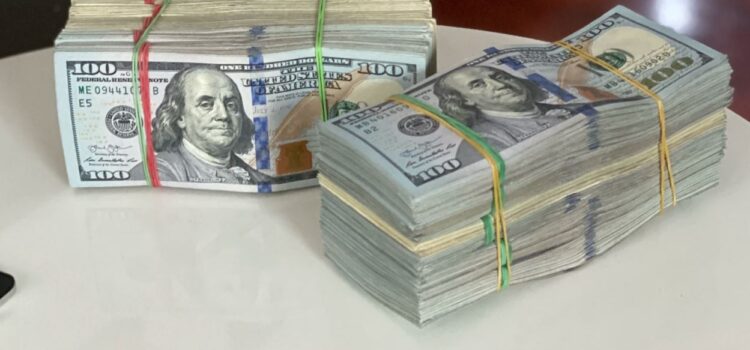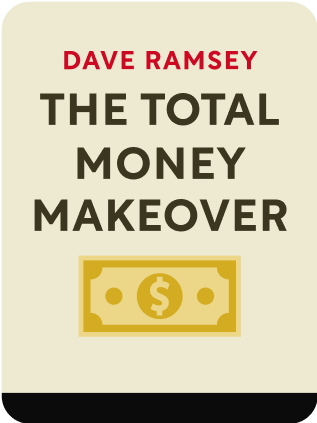

This article is an excerpt from the Shortform book guide to "The Total Money Makeover" by Dave Ramsey. Shortform has the world's best summaries and analyses of books you should be reading.
Like this article? Sign up for a free trial here .
What are some examples of predatory lending practices? How does a predatory loan operate and why is it bad?
Examples of predatory lending practices show how these loans take advantage of certain vulnerabilities. They are likely to leave people worse off than they started.
Read on to understand more with examples of predatory lending practices.
Examples of Predatory Lending Show the Focus on Quick Fixes
Payday loans, rent-to-own deals, and “tote the note” car lots are examples of predatory lending schemes intended to exploit low-income people who are looking for a quick fix or instant gratification.
These examples of predatory lending practices are always located in a poor section of town, because low-income people are the ones most vulnerable to being ripped off this way (wealthy people won’t bite). If you’re poor and you sign on to one of these “deals,” you’ll remain poor. Here’s how the most common scams work:
1) Payday loans: This is legal loan sharking. For example, you write a postdated check for $225 (dated for payday). The lender gives you $200 in cash and keeps a $25 service fee (this fee equates to 650% interest annually).
When people can’t pay back their loan, they borrow money to do it from another lender and soon get snared in a web of loans with lenders threatening to sue them for writing bad checks. The only way out is to stop paying and meet with each lender to develop a payment plan, then figure out how to pay the loans. These examples of predatory lending show the power imbalance.
2) ‘Tote the Note’ Car Loans: Tote the Note dealers offer their own in-house financing for people with bad credit, another one of the examples of predatory lending practices. They take a downpayment close to the amount they paid for the car, then charge 18% to 38% interest on a loan for the rest. If the payments aren’t made, they’ll repossess the car and sell it again.
3) Rent-to-own: If you succumb to instant gratification by agreeing to rent-to-own something, you’ll pay a high price: average interest rates exceed 1,800%. It works this way: to get something they can’t afford, people rent items at a weekly rate, which seems affordable. Over time, however, they pay far more than the items typically sell for. For instance, they might pay $20 a week for a washer and dryer over 90 weeks, or $1,800, when you could buy new (low-end) appliances for $500 or used ones for even less.
4) Ninety days same as cash: Many people believe that signing a “90 days same as cash” deal, where you don’t pay interest for that period, means you’re using other people’s money for free, but it is a predatory loan. These deals are popular for furniture, appliances, and electronics. The problem is that most people (over 80%) don’t pay off the purchase in 90 days (or in 30 or 60, if that’s the deal). When that happens, the deal becomes a loan with interest rates of 24% to 38%. In addition, the interest is charged back to the purchase date. Even if you make the payments as scheduled or pay it off early, you may still be charged interest if fraudulent fees were added.
Car Payments and Leasing Are Unavoidable
Beyond the examples of predatory lending practices, there are also just bad loans that you should avoid. Many people believe car payments are simply part of life, that you’ll always be paying on a car. But this is a myth—car payments are both foolish and avoidable.
Purchasing a new car with loan payments eliminates your ability to build wealth. Car payments are most people’s biggest monthly outlay except for a mortgage, so they diminish or steal more from your income than any other expense.
Over a lifetime of car payments, you’ll literally spend a fortune. Most people start paying on a car, then continue car payments on successive cars throughout their lives.
Car payments are worse than a rent-to-own deal even though they’re not truly a predatory loan. Consider an average monthly payment of $495 over 64 months:
- If, from age 25 to 65, you invested that amount monthly in a mutual fund with an average 12% return, you’d have $5,881,799.
- If you just saved $495 a month for 10 months, you’d have $5,000 cash for a used car. If you continued saving and trading up, in less than three years, you could get a $15,000 car—with no payments.
You’re far better off driving older cars and saving your money than making payments forever on new cars. Contrary to what most people think, millionaires typically buy two- or three-year-old vehicles.
Leasing a Car
Some people think leasing a car is a good idea because you can lease things that depreciate and take the tax advantage. However, spending unnecessarily to get a tax write-off makes little sense.
Leases seem appealing because you make a smaller down payment and pay less per month. However, leasing—in effect, renting-to-own—is the most costly way to get a car. Here’s how car leases work:
- Your monthly payment covers the loss in the car’s value during the lease, as well as making the dealer a profit (the interest you pay). The average interest rate is around 14%.
- In addition, you pay a per-mile charge if you exceed the allotted miles, plus penalties for “excessive wear and tear.” You pay through the nose just to return the car—or the dealer will try to roll the penalties into a new lease.
Zero Interest
A zero-interest loan on a new car seems like a good deal, but it’s undercut by the fact that a new car loses 60% of its value in four years. You’re losing so much in value, especially compared to buying a used car, that you’re still being ripped off.
For example, a new $28,000 car will lose nearly $100 a week or $17,000 in value in four years—think of it as throwing a hundred-dollar bill out the window each week while driving. Instead, you can get a reliable, late model car that’s already done most of its depreciating.
A Smart Money magazine article explained why car dealers push these kinds of deals:
- The average dealer profit on a new car bought with cash: $82
- The average dealer profit when you finance a new car through the dealer: $775
- The average dealer profit when they lease you a new car: $1,300
Dealers make their money financing and repairing vehicles, not selling them.

———End of Preview———
Like what you just read? Read the rest of the world's best book summary and analysis of Dave Ramsey's "The Total Money Makeover" at Shortform .
Here's what you'll find in our full The Total Money Makeover summary :
- The 7 steps to achieving financial stability (you'll love #7)
- A fool-proof plan for becoming debt-free
- How myths about debt and money are crippling your financial health






